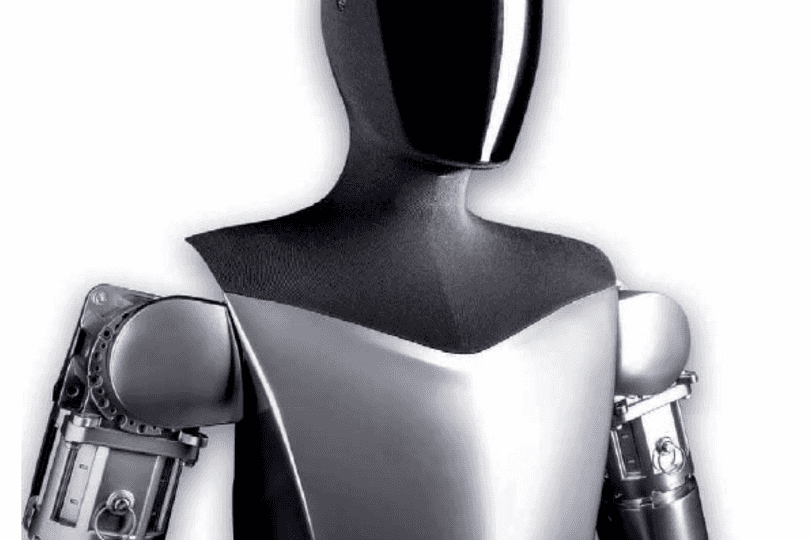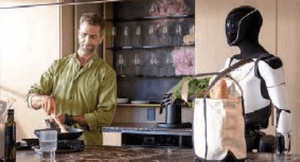As humanoid robots evolve from science fiction to shop floor reality, the automotive industry is leading the charge-and redefining what the future of labor looks like.
“If you want to live, come with me.”
It’s the line that kicked off The Terminator, but in today’s world, it’s starting to feel less like Hollywood fiction and more like a glimpse into our automated future.
From I, Robot to real-life robotics labs, the idea of humanoid machines working alongside us is gaining momentum. With advances in artificial intelligence and robotics, a future with robots in every workplace-and maybe even every home-is no longer just a fantasy.
And the automotive industry is right at the center of it.
Major players like Tesla, Hyundai, and BMW are actively developing humanoid robots to handle tasks that are repetitive, dangerous, or physically demanding. The idea? Take the strain off human workers, boost efficiency, and keep operations running 24/7-what automakers now refer to as “Dark Factories.” These lights-out facilities don’t require lunch breaks, sick days, or labor negotiations.
At the forefront is Tesla’s Optimus, a humanoid robot powered by the same autonomous technology found in their vehicles. CEO Elon Musk has described the robot as the company’s most important product, even projecting a future where robot production could surpass car manufacturing.
Tesla has already launched a pilot production line in California, aiming to produce 5,000 robots this year and ramping up to 1 million annually by the decade’s end. Initially, these robots will work inside Tesla factories, but plans are in place to roll them out to other industries-and eventually, into homes.
Other automakers aren’t far behind. BMW recently tested humanoid robots at its South Carolina plant, partnering with robotics startup Figure. Boston Dynamics, owned by Hyundai, is also scaling up production for real-world deployment.
Not everyone’s sold on the near-term reality of robot coworkers. Experts warn that humanoid robots-unlike autonomous cars-must walk, balance, manipulate objects, and interact safely with humans. That’s a much harder engineering challenge.
“There’s still a lot we don’t know how to solve,” says Heni Ben Amor, a robotics professor at Arizona State University. “We’re not there yet-but we’re closer than ever.”
Even Musk’s bold timelines have yet to deliver fully autonomous vehicles, let alone fully functional humanoid helpers.
Still, some Wall Street analysts are optimistic. Morgan Stanley estimates the humanoid robotics market could reach $4.7 trillion by 2050, potentially doubling the size of today’s global auto industry.
As the line between automotive tech and robotics continues to blur, the big question isn’t if robots will change the industry-it’s how fast.
The same companies that build our cars are now shaping the next era of intelligent machines. Whether it’s Optimus from Tesla or Atlas from Boston Dynamics, the race is on to redefine labor, manufacturing, and mobility-one robot at a time.
Are we ready for that shift? Like Arnold said… if you want to live, come with me.
Source: Automotive News
Photos Coutesy of Tesla



